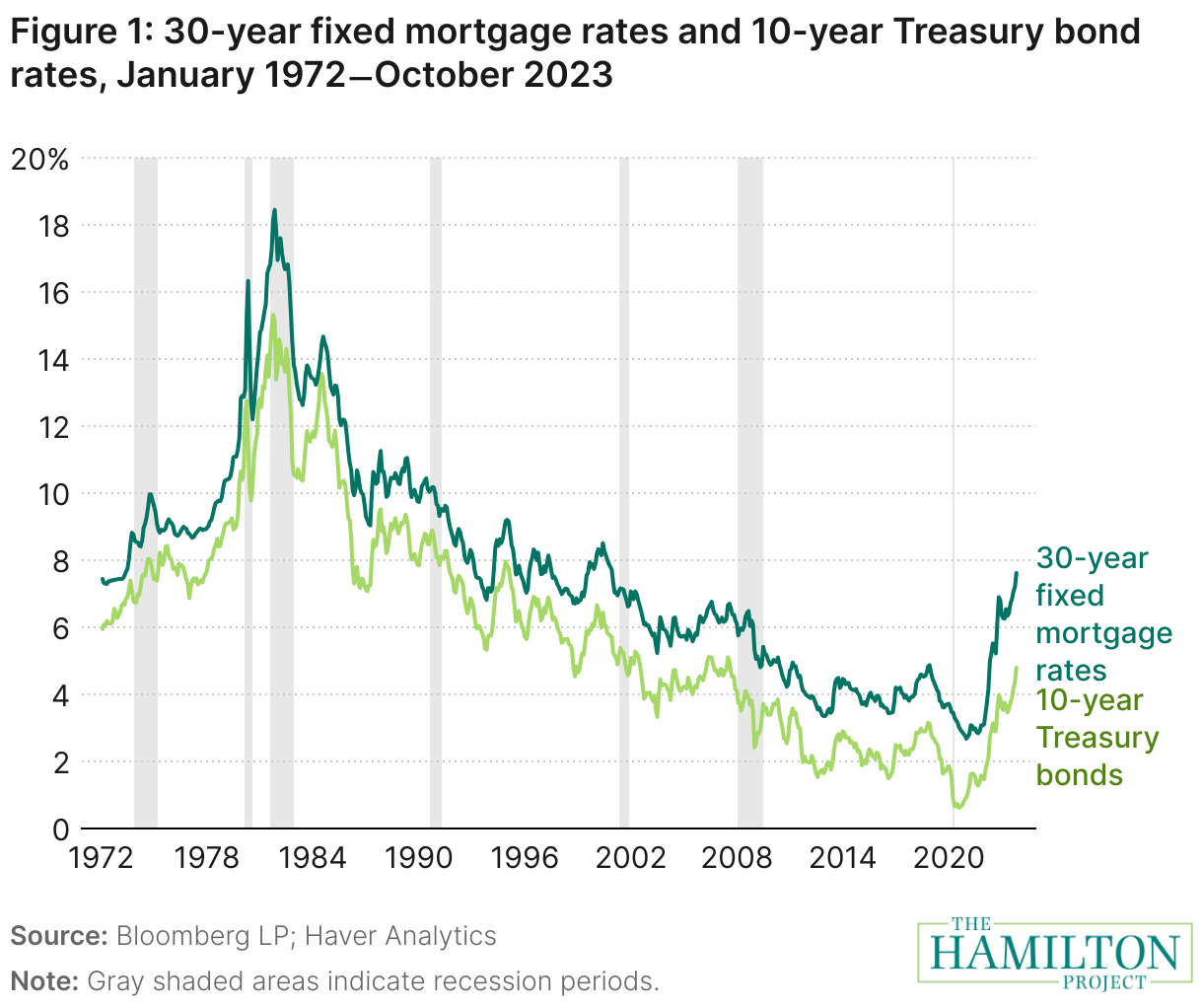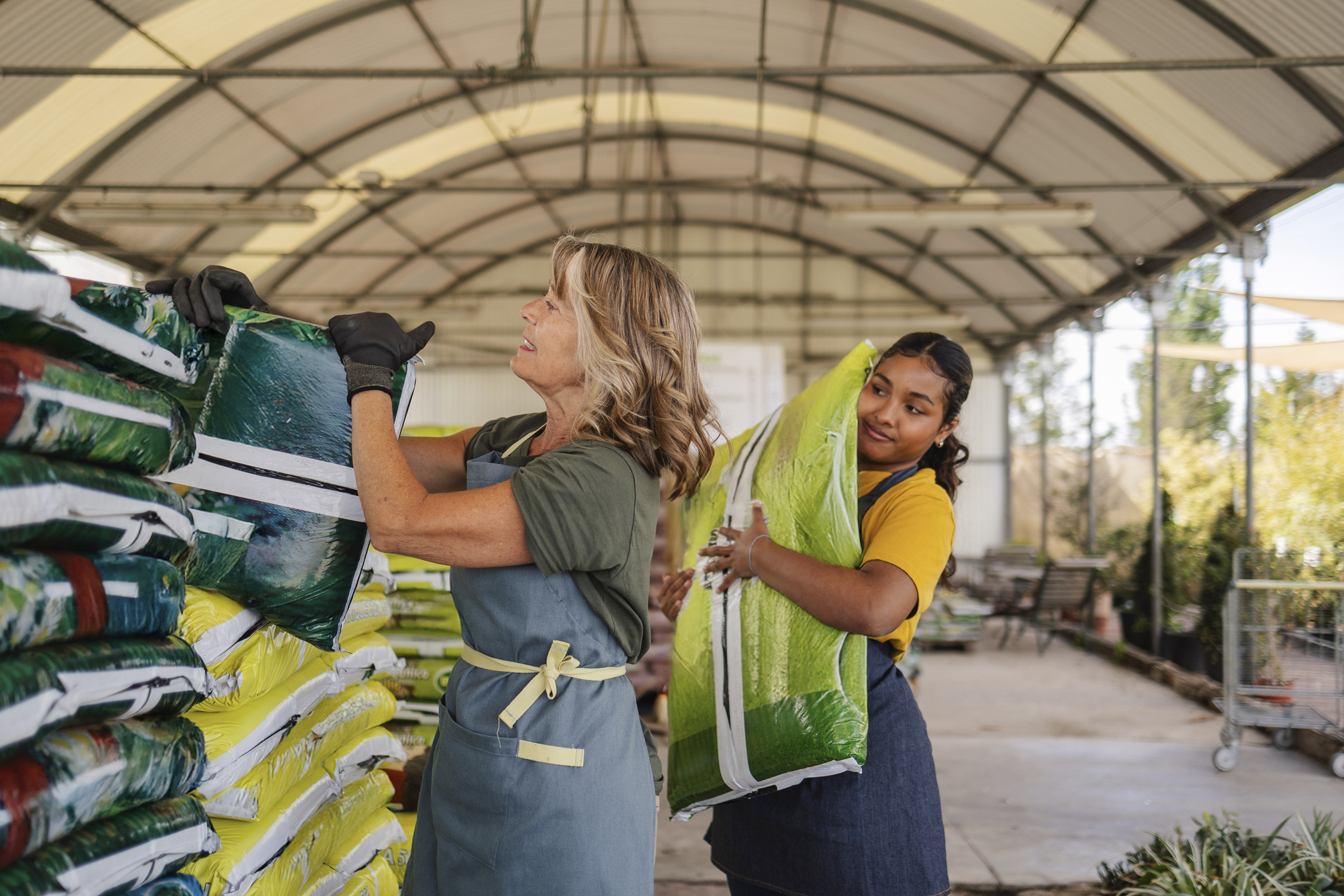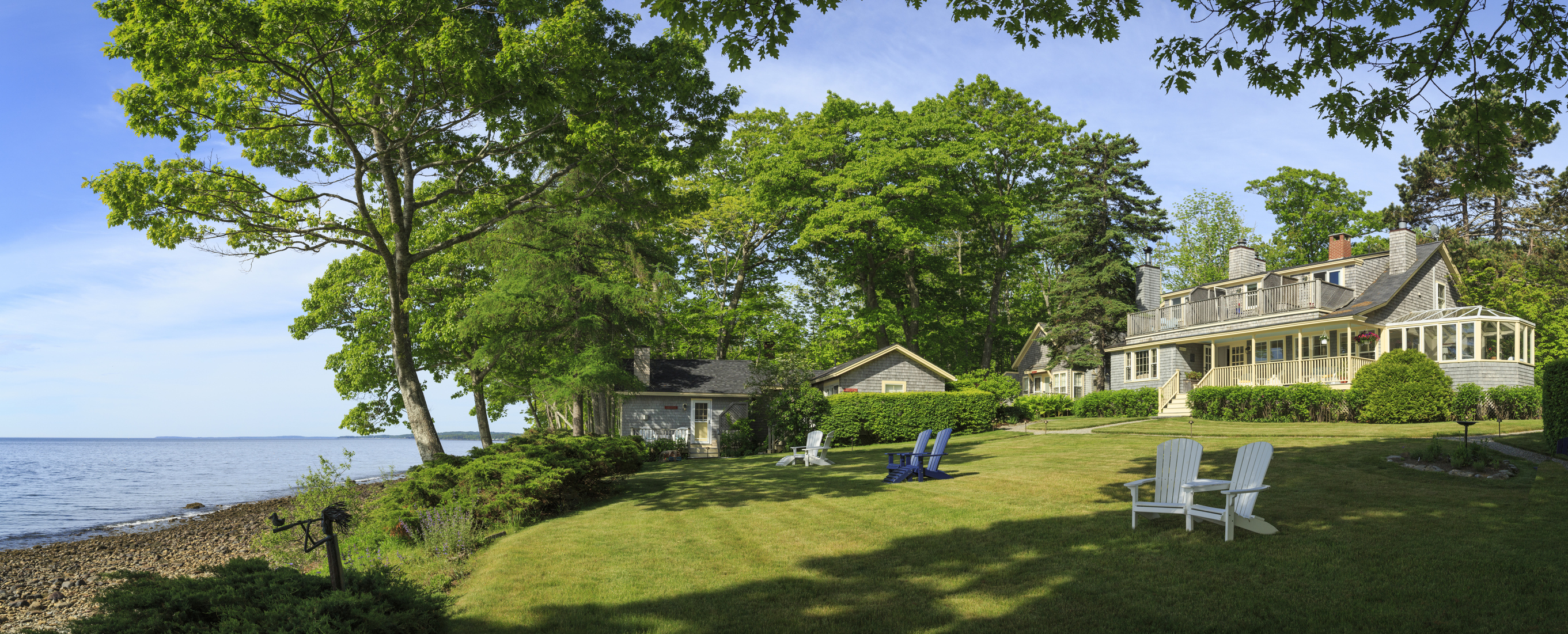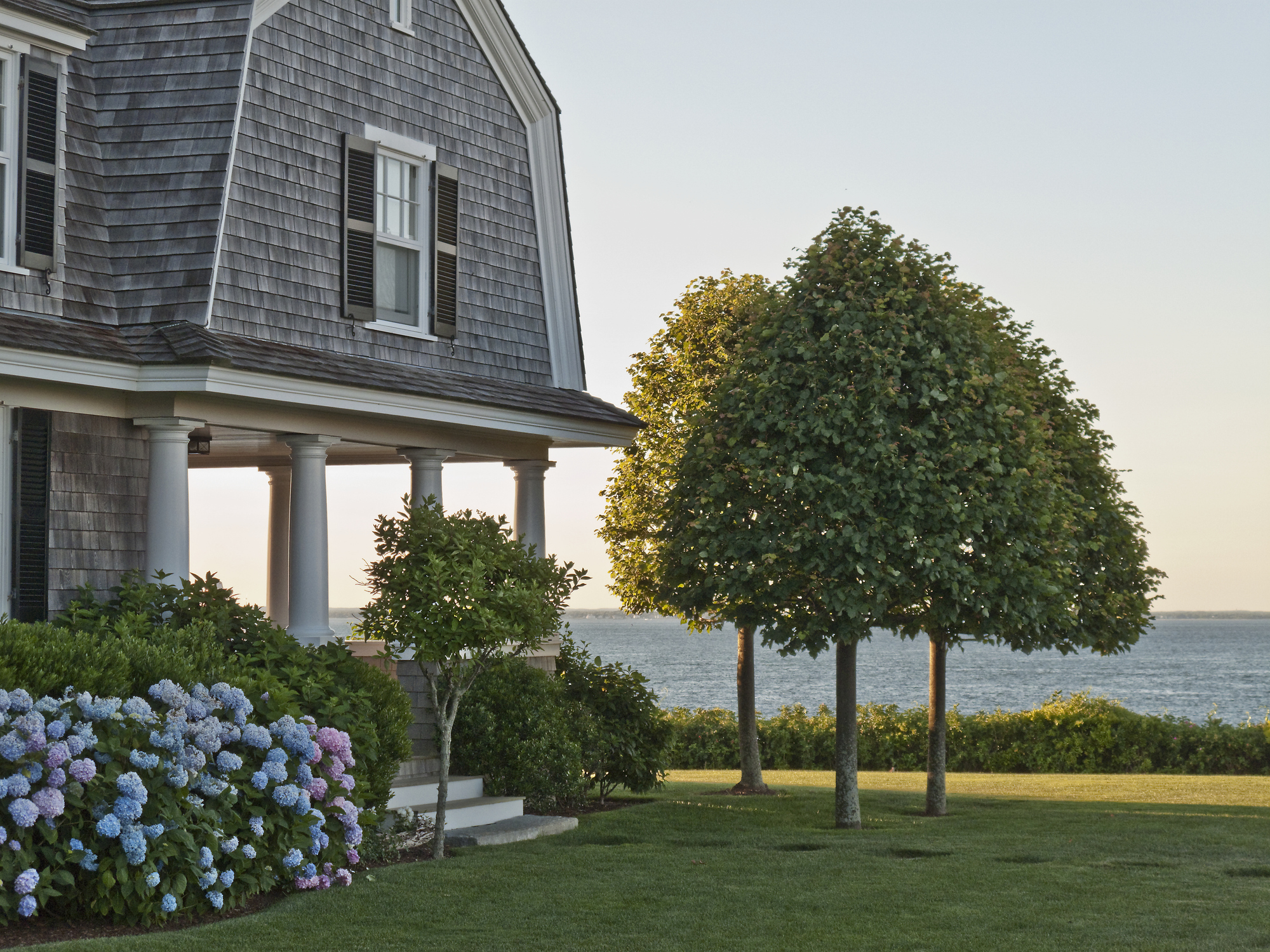How Does the 10-Year Treasury Yield Affect Mortgage Rates?
Where the 10-year Treasury yield moves, mortgage rates follow. Learn why they're linked and how they affect homebuyers.

Many components contribute to the cost of your home. Along with price, the interest rate on your mortgage is an important consideration.
Currently, mortgage rates are among the lowest they have been in one year. The average rate on a 30-year mortgage is 6.23%, according to Freddie Mac.
And with the Fed continuing to cut rates due to a weak job market, borrowing costs are expected to decrease. But does this apply to mortgages? While the Federal Reserve’s decisions can influence savings accounts and short-term lending rates, mortgage rates tend to follow the 10-year Treasury yield more closely.
From just $107.88 $24.99 for Kiplinger Personal Finance
Become a smarter, better informed investor. Subscribe from just $107.88 $24.99, plus get up to 4 Special Issues

Sign up for Kiplinger’s Free Newsletters
Profit and prosper with the best of expert advice on investing, taxes, retirement, personal finance and more - straight to your e-mail.
Profit and prosper with the best of expert advice - straight to your e-mail.
What's the 10-year Treasury yield?
The 10-year Treasury yield is the government's borrowing cost for a decade. As such, the Treasury rate influences everything from corporate bonds to mortgage rates.
You can see the correlation between mortgage rates and the 10-year Treasury bond in the chart below:

Why are mortgage rates tied to the 10-year Treasury yield? Since mortgages last longer than shorter-term lending options tied to the federal funds rate, they require a benchmark, where the duration reflects the average mortgage.
This is why the 10-year Treasury yield comes in, because it lasts about as long as the average homeowner has a mortgage.
If you're in the market for a new mortgage, use the tool below from Bankrate to compare and find some of today's rates:
How does the Treasury yield impact mortgage rates?
Recently, the 10-year Treasury yield increased to 4.10%. And when this yield rises, so can the costs of borrowing, specifically with mortgage interest rates.
With this in mind, who mainly influences the Treasury yield? It's investors' expectations on short-term interest rates. When investors buy mortgage-backed securities, they're pledging money for a longer term than, say, a one-year Treasury bill since they're investing in a package of mortgage loans.
As such, more risk can come with longer-term investments.
It's why investors want a term premium to ensure they're earning a return on their investments. This premium influences the interest rate you'll pay on mortgages.
They use the following economic factors to guide their expectations:
- Monetary policies: When the Federal Reserve sets the federal funds rate, it's a benchmark for short-term rates. While it doesn't directly impact mortgage rates lenders assess, it can give investors an idea of future monetary policy, which they can use to influence investing decisions. And if investors lose confidence in the Fed, they might require higher returns, which could raise mortgage rates.
- Economic growth: When the economy does well, investors seek more promising opportunities such as equities. Meanwhile, when there's economic uncertainty, as there is now, with more tariffs being implemented and slower job growth, investors look for safer investments, which Treasury bonds offer.
- Inflation: When inflation becomes higher, investors seek higher interest rates.
What's the mortgage spread?

On top of this, there's a mortgage spread. It's the difference between your mortgage rate and the 10-year Treasury yield. Traditionally, it's been from 0.71 points to 1.4 points, according to Fannie Mae.
The spread consists of two parts: The primary-secondary spread and the secondary spread. The primary-secondary spread factors in mortgage origination fees, other lender costs and profits.
Meanwhile, the secondary mortgage spread is the difference between the mortgage-backed security (MBS), which investors purchase, and the 10-year Treasury rate.
The secondary spread covers some risks investors might face. To illustrate, an increased risk of prepayment can cause the spread to rise as investors won't maximize returns if the mortgage ends prematurely.
This can happen when homeowners shop around and find a lower interest rate; they might be inclined to take advantage of it through refinancing.
Why the 10-year Treasury yield matters for your mortgage rate
The 10-year Treasury yield plays a major role in determining mortgage rates, so when it drops, borrowing often becomes more affordable. However, economic factors such as inflation and investor confidence can still cause interest rates to fluctuate.
If you're considering buying or refinancing, keep an eye on the Treasury yield, but also compare lenders to find the best deal for your specific situation.
Related content
Profit and prosper with the best of Kiplinger's advice on investing, taxes, retirement, personal finance and much more. Delivered daily. Enter your email in the box and click Sign Me Up.

Sean is a veteran personal finance writer, with over 10 years of experience. He's written finance guides on insurance, savings, travel and more for CNET, Bankrate and GOBankingRates.
-
 I'm retired with $2.2 million. Should I give my shifts to a young coworker?
I'm retired with $2.2 million. Should I give my shifts to a young coworker?We asked certified financial planners for advice.
-
 Could an Annuity Be Your Retirement Safety Net?
Could an Annuity Be Your Retirement Safety Net?More people are considering annuities to achieve tax-deferred growth and guaranteed income, but deciding if they are right for you depends on these key factors.
-
 Older Taxpayers: Don't Miss This Hefty (Temporary) Tax Break
Older Taxpayers: Don't Miss This Hefty (Temporary) Tax BreakIf you're age 65 or older, you can claim a "bonus" tax deduction of up to $6,000 through 2028 that can be stacked on top of other deductions.
-
 How Much Would a $50,000 HELOC Cost Per Month?
How Much Would a $50,000 HELOC Cost Per Month?Thinking about tapping your home’s equity? Here’s what a $50,000 HELOC might cost you each month based on current rates.
-
 Should You Tap Your Home Equity Before 2026?
Should You Tap Your Home Equity Before 2026?As borrowing rates and tax law shifts converge, here's what homeowners need to know before pulling equity out of their home.
-
 11 Cities With the Cheapest Groceries in the US
11 Cities With the Cheapest Groceries in the USIf you live in one of these 11 cities, you're paying less than the rest of the country to keep your fridge stocked.
-
 My $1.2 Million Vacation Home Has a $360K Mortgage. I Don't Need My Upcoming $45K RMD. Should I Use It to Pay Down the Mortgage?
My $1.2 Million Vacation Home Has a $360K Mortgage. I Don't Need My Upcoming $45K RMD. Should I Use It to Pay Down the Mortgage?We asked wealth planners for advice.
-
 5 Simple Fixes to Save on Heat Bills This Winter
5 Simple Fixes to Save on Heat Bills This WinterWith fuel prices expected to rise 10% or more this winter, making your home more energy efficient will really pay off.
-
 5 Charming Small Towns Where America's Wealthy Retire
5 Charming Small Towns Where America's Wealthy RetireDiscover 5 small communities in the U.S. for affluent retirees — where charm outweighs the cost.
-
 I'm a Real Estate Investing Pro: This High-Performance Investment Vehicle Can Move Your Wealth Up a Gear
I'm a Real Estate Investing Pro: This High-Performance Investment Vehicle Can Move Your Wealth Up a GearLeave online real estate investing to the beginners. Accredited investors who want real growth need the wealth-building potential of Delaware statutory trusts.
-
 Retire in the Hamptons: Finding the Right Town for Your Budget
Retire in the Hamptons: Finding the Right Town for Your BudgetYes, it's favored by the rich and famous, but retiring in the Hamptons may not be out of your league. Here's a guide to affordability and and who is happiest living there.